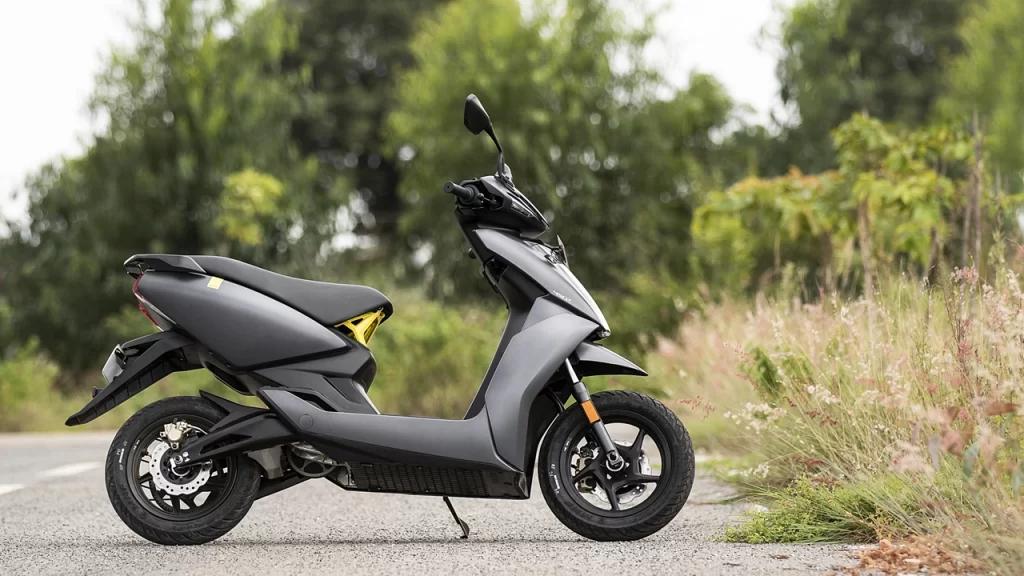Statiq Launches Hyperlocal EV Campaign Across South India to Expand Charging Network
Electric vehicle (EV) charging network provider Statiq has kicked off a bold Hyperlocal EV Campaign to deepen its presence across Southern India. The initiative targets three key markets — Chennai, Hyderabad, and four major cities in Kerala — by aiming to boost local engagement, app adoption, and awareness about EV infrastructure.
What’s Happening in South India
You’ve probably noticed new billboards dotting parts of Chennai, Hyderabad, and Kerala’s urban hubs. This isn’t random. It’s the latest move by Statiq to tap into South India’s rapidly evolving EV landscape through strategic visibility in daily life.
The campaign includes cities like:
- Kozhikode
- Ernakulam
- Thrissur
- Thiruvananthapuram
These aren’t just visual efforts either — stations are equipped with printed bookmarks, standees, origami fans, and in-app features aimed at educating users. The push to high visibility is backed by hyperlocal digital ads on Google and Meta, plus multilingual collaborations with influencers speaking Malayalam, Tamil, and Telugu.
Why This Campaign Now?
Southern India’s appetite for cleaner transport is rising — especially in tier-2 cities. But growth stalls when infrastructure lags behind aspirations. Statiq sees an opportunity to close that gap by making EV charging genuinely local, integrated, and reliable.
According to Akshit Bansal, founder and CEO of Statiq: “Our Hyperlocal EV Campaign is about making EV infrastructure a reality for everyone in South India, especially in regions that have so far remained unconnected.”
This isn’t just about putting chargers on maps. It’s about building trust with people who may be new to EVs. It’s about incentives, apps that actually help, and — well — just making it feel normal.
Inside the Statiq Network
So what does Statiq’s network look like on the ground?
- FLUX DC Fast Chargers, which can charge vehicles in under an hour
- AutoCharge outlets in malls, hotels, fuel stations, and roadside spots
- Integration with the Statiq app for live updates, payment, and route planning
- Features like Statiq Wallet, loyalty rewards, and Buzz notifications
It’s smart tech — but designed around everyday needs. You don’t have to be a techie to use it. And that’s kind of the point.
Government’s Position and Reaction
While no direct government partnership was announced, the campaign aligns with India’s broader push toward EV adoption. State governments — particularly in Tamil Nadu and Kerala — have been offering subsidies, tax benefits, and manufacturing incentives to drive the electric shift.
Statiq’s campaign comes at a time when both private and public sectors seem eager to accelerate EV culture. Whether or not there’s formal collaboration here, the company’s regional push dovetails with policy ambitions.
What’s Unique About This Campaign?
Two key things stand out:
- Hyperlocal Flavor — Not just language, but tone and format. WhatsApp promotions, stationery in regional scripts, influencer-led tutorials.
- Omni-channel Messaging — From street hoardings to smartphone push alerts, they’ve layered their messaging smartly. Whether you’re walking outside or scrolling inside, you’re likely to spot it.
There’s some light-handed personalization too. Alerts vary based on your location. If you’re in Thrissur, the app might suggest a nearby hotel charger. In Chennai? It could point to a mall outlet.
Tech Talk — Without The Buzzwords
Raghav Arora, co-founder and CTO of Statiq, shared a more grounded reason for their push: “Our strength lies in our ability to innovate for India’s unique needs. From FLUX fast charging to hyperlocal app features, we’re ensuring that every user enjoys a tech-driven charging experience.”
That emphasis on “unique needs” is telling — urban India isn’t one size fits all. What works in Delhi may not cut it in Kozhikode.
Comparison Table: Latest Electric Two-Wheelers in India
| Model | Price (Ex-showroom) | Range | Top Speed | Charging Time |
|---|---|---|---|---|
| Ola S1 Pro | ₹1,29,999 | 181 km | 116 km/h | 6.5 hours |
| Ather 450X Gen 3 | ₹1,45,000 | 146 km | 90 km/h | 5hr 45min |
| TVS iQube ST | ₹1,25,000 | 145 km | 82 km/h | 4-5 hours |
| Bajaj Chetak | ₹1,23,000 | 95 km | 63 km/h | 5 hours |
FAQ: Statiq’s Hyperlocal EV Campaign
1. Where can I find Statiq chargers?
They’re available in major and mid-sized hubs like malls, hotels, fuel stations, and highways across Chennai, Hyderabad, and key Kerala cities.
2. What’s special about the Statiq app?
The app includes real-time charging updates, station availability, cashless payment through Statiq Wallet, and location-based offers and notifications.
3. Is this only for metro cities?
No. One goal is to connect semi-urban and emerging towns. That’s why the campaign isn’t just in metros but also in Kozhikode and Thrissur, for example.
4. Are there incentives for using Statiq?
Yes. Loyalty points, rewards via Statiq Wallet, and occasional app-exclusive deals are available.
5. Is it safe to use these chargers?
Yes. All stations meet national safety standards and are regularly maintained.
Final Thought
While EV faces high expectations in Indian metros, the actual revolution may rely more on smaller towns embracing clean mobility. With this deep regional push, Statiq might just be onto something real.
But will visibility alone be enough to convince traditional vehicle owners in South India to switch over — or is it more about convenience and cost? That’s still unfolding, one city at a time.

